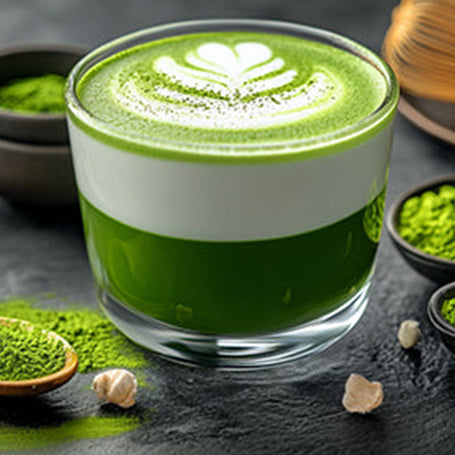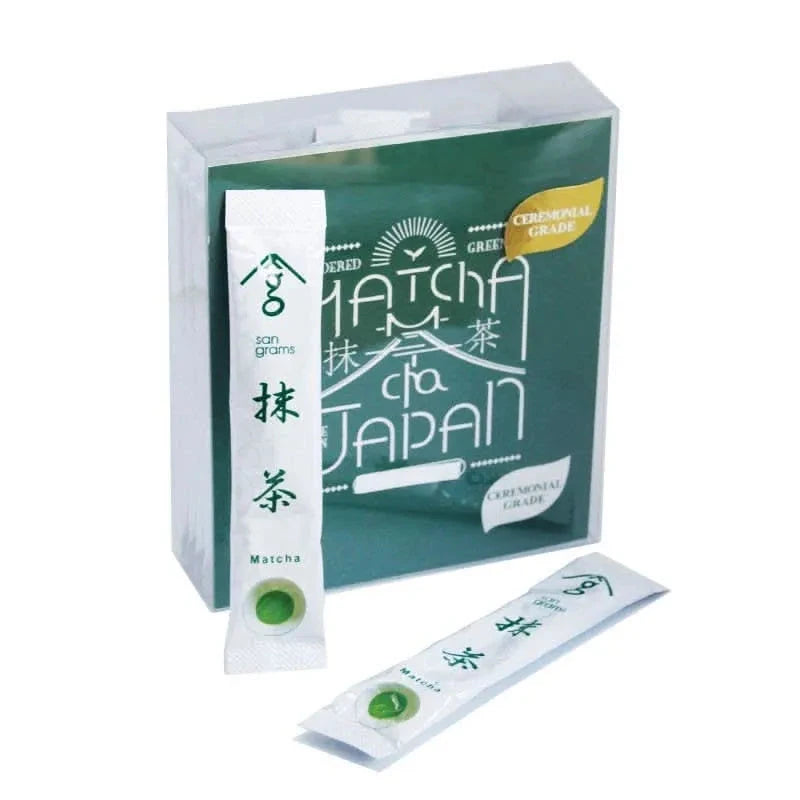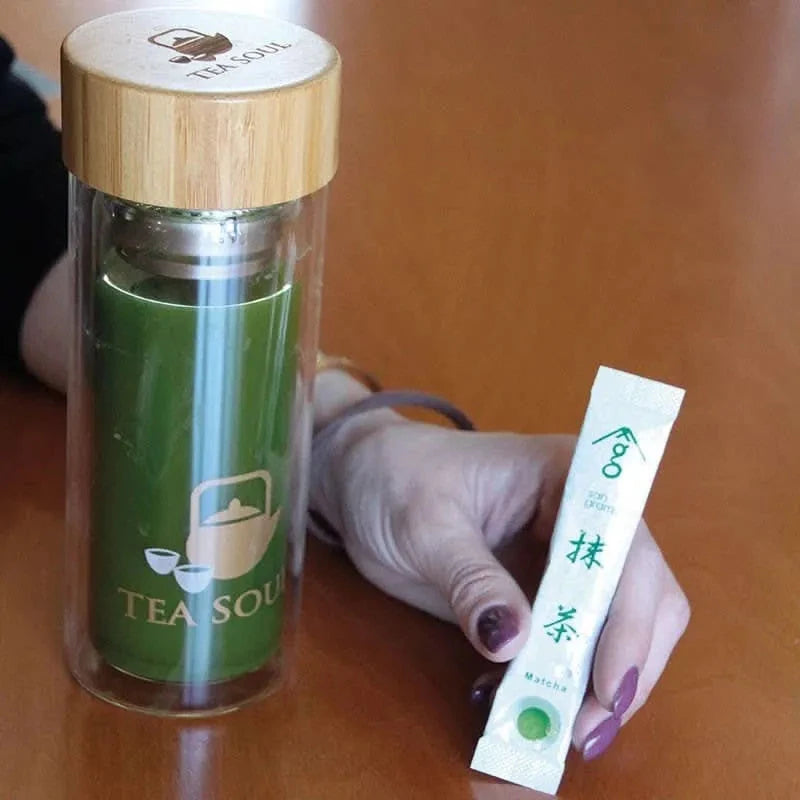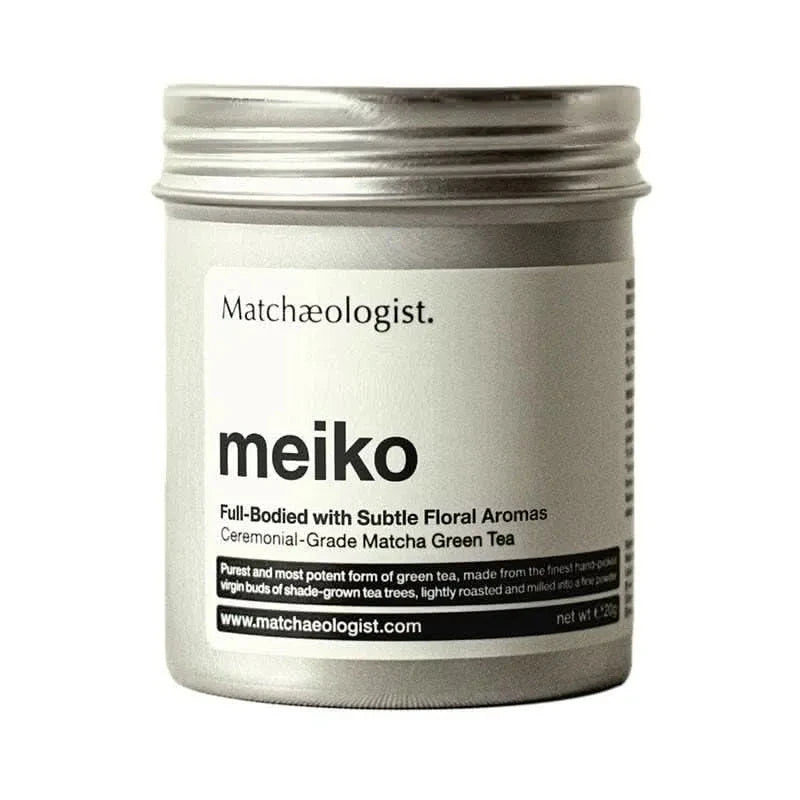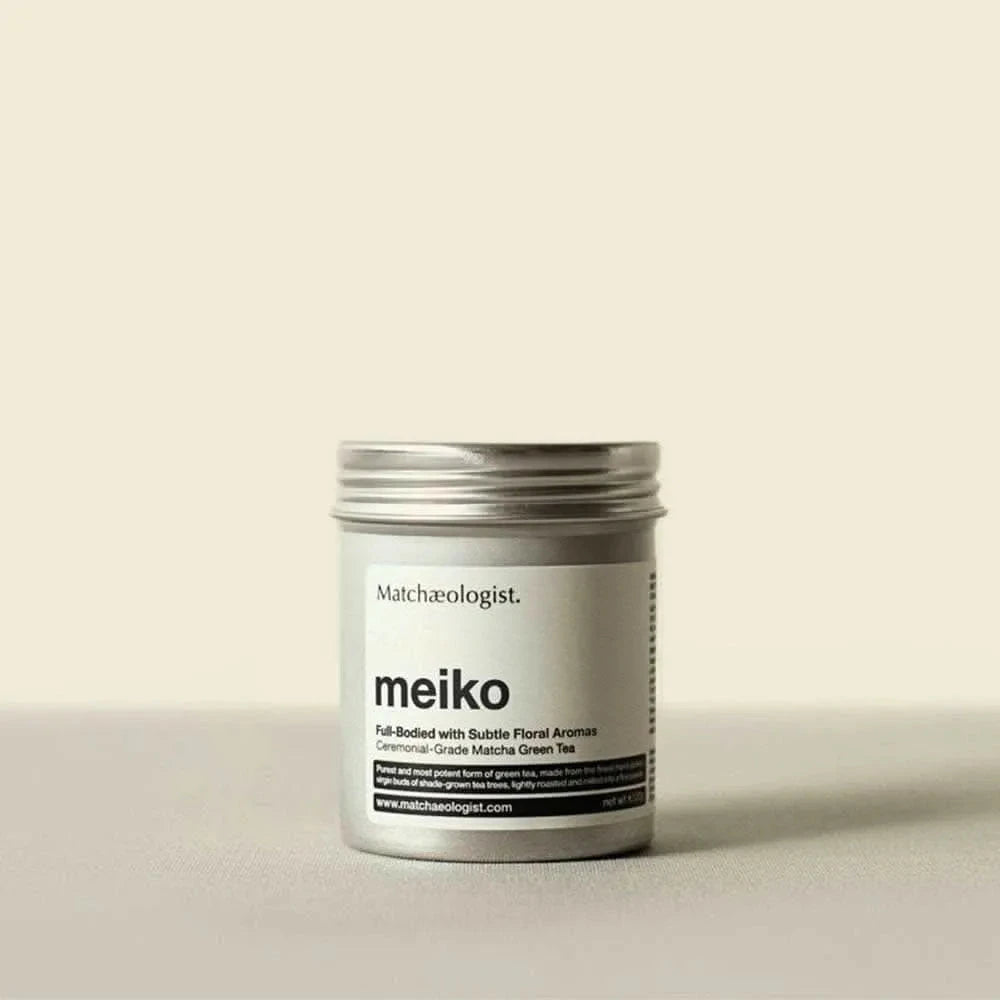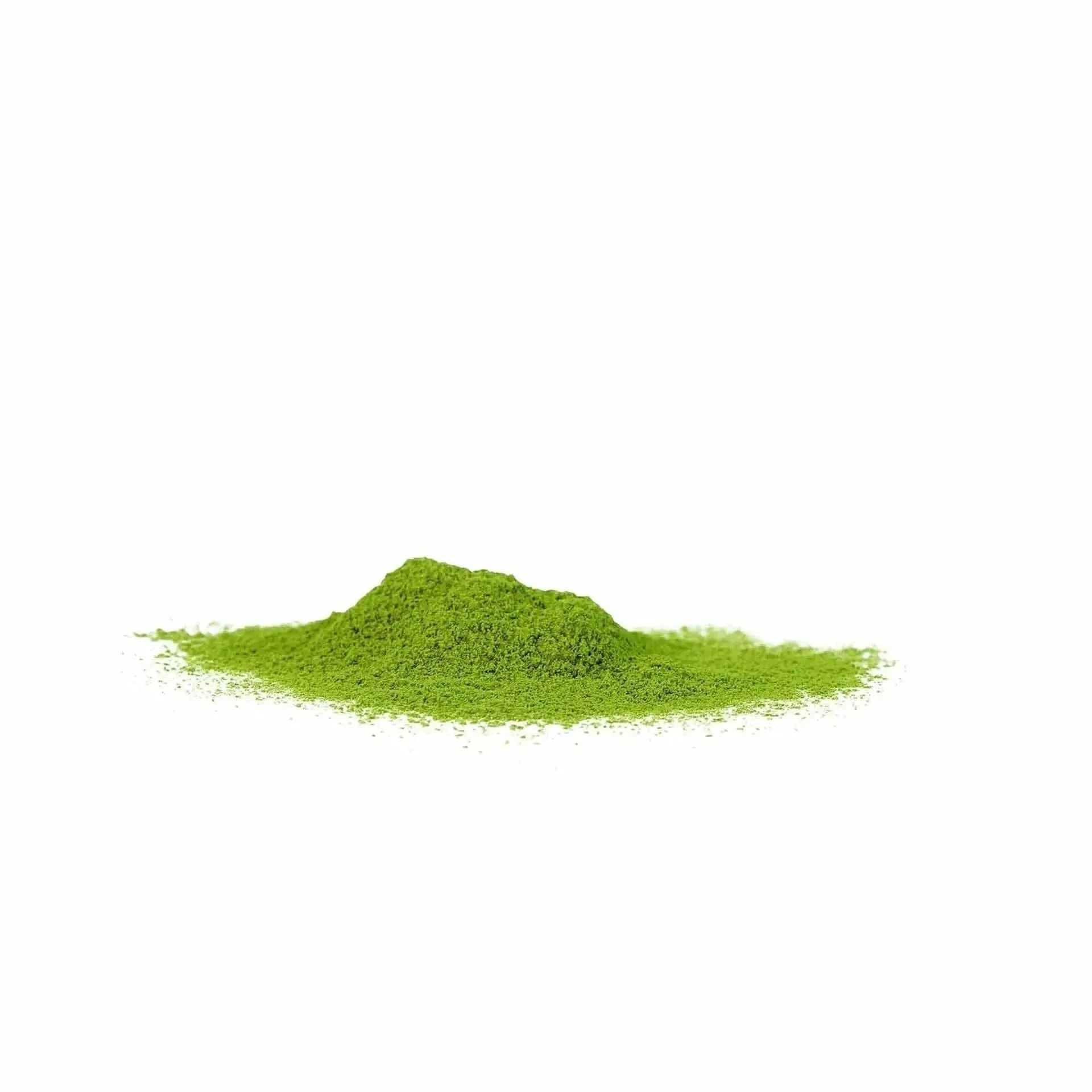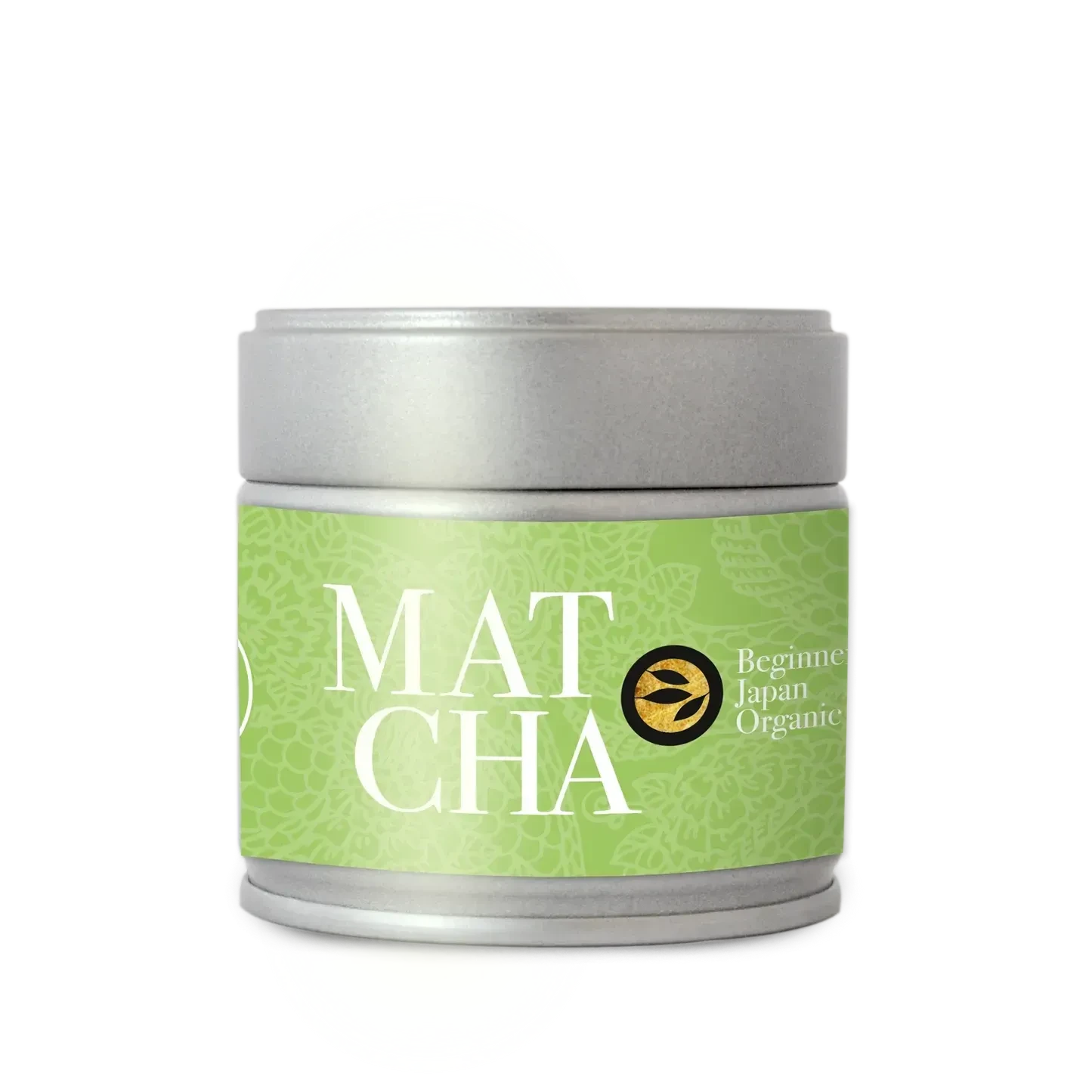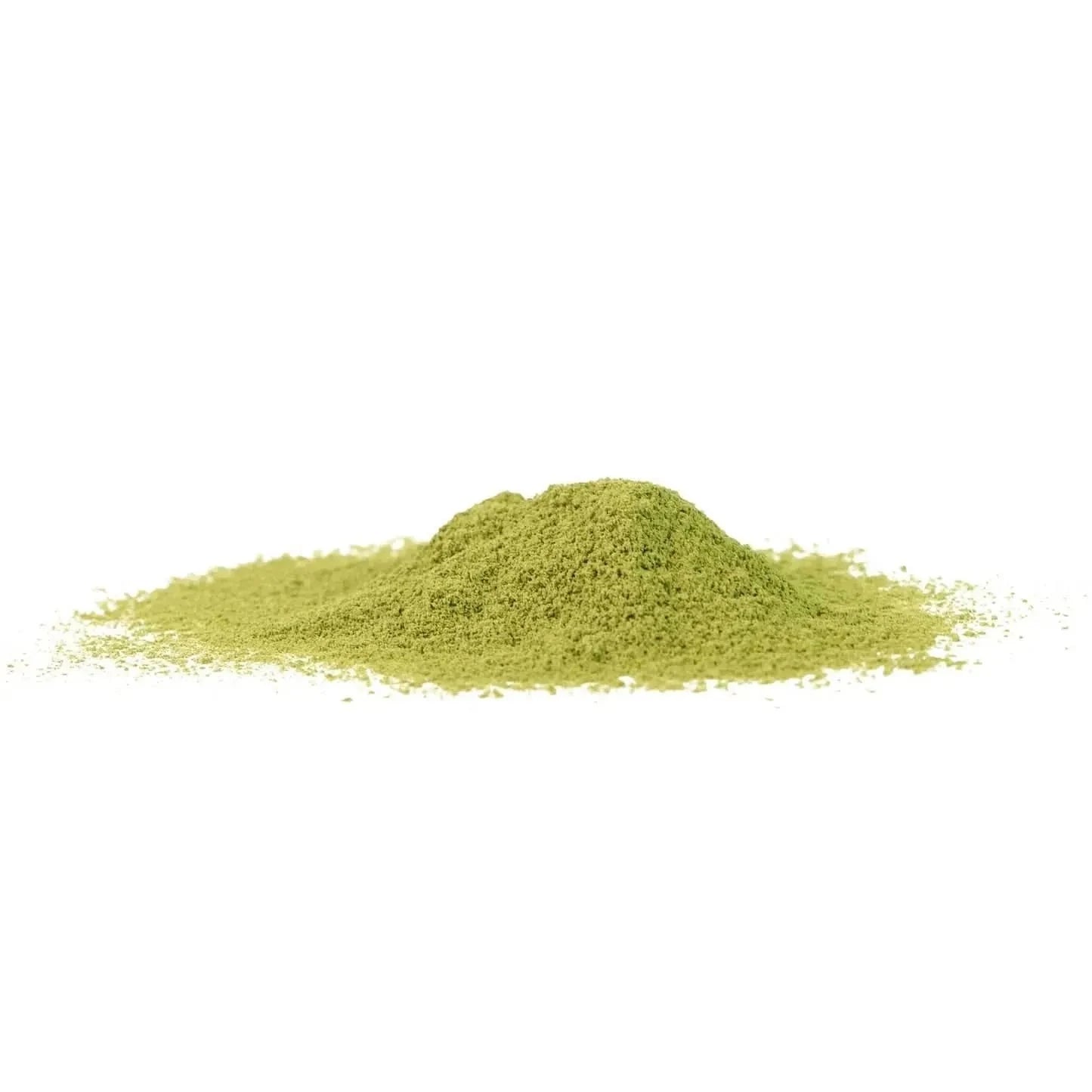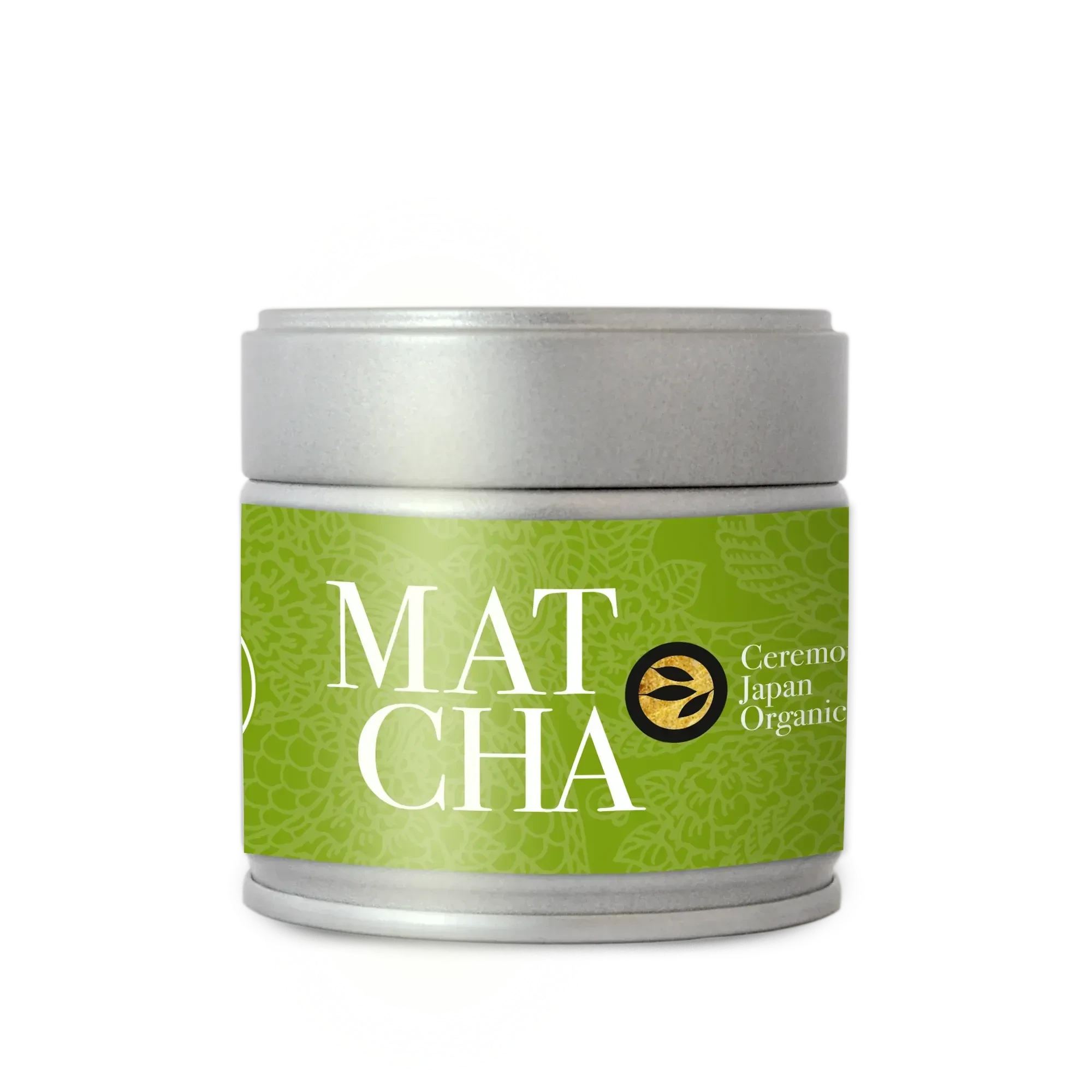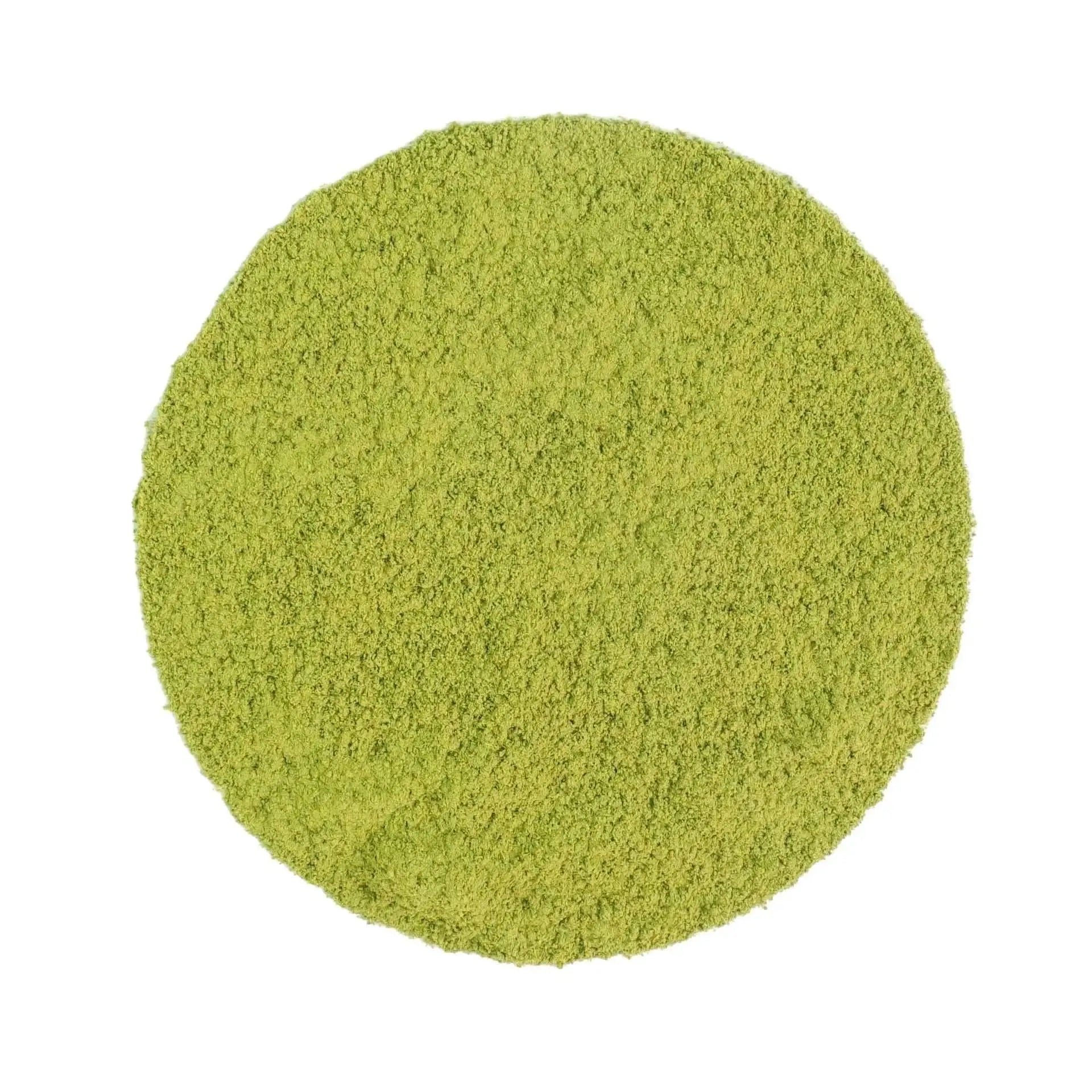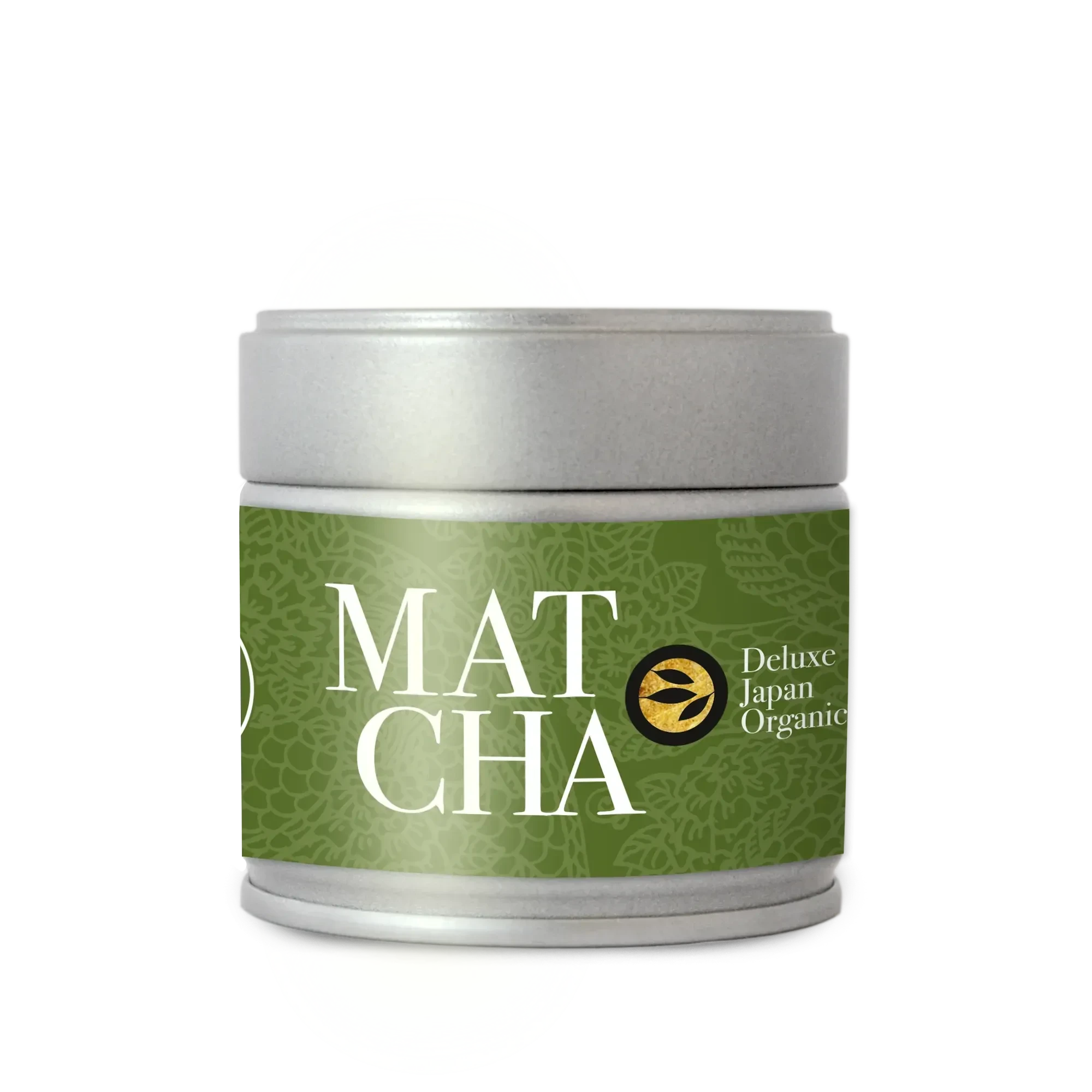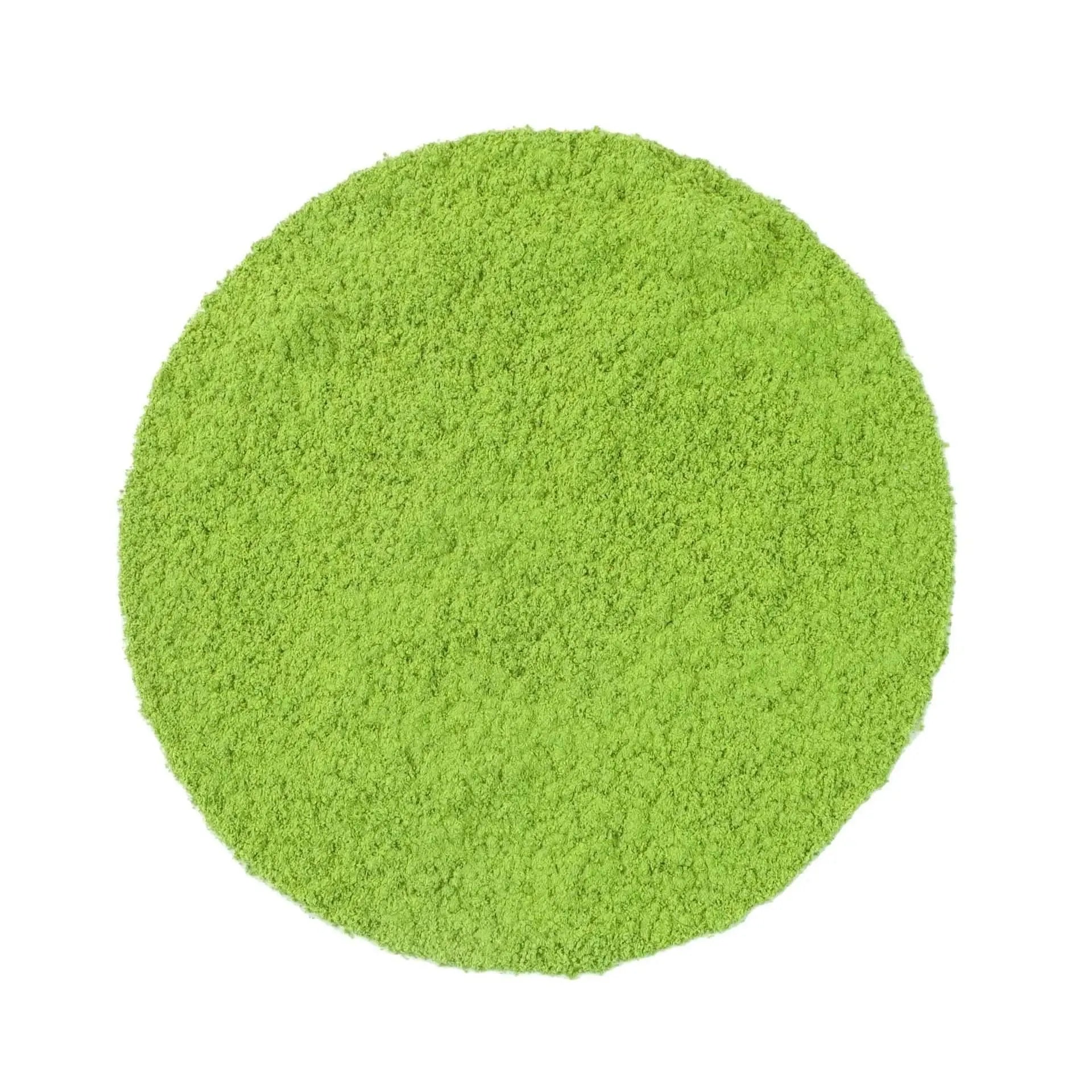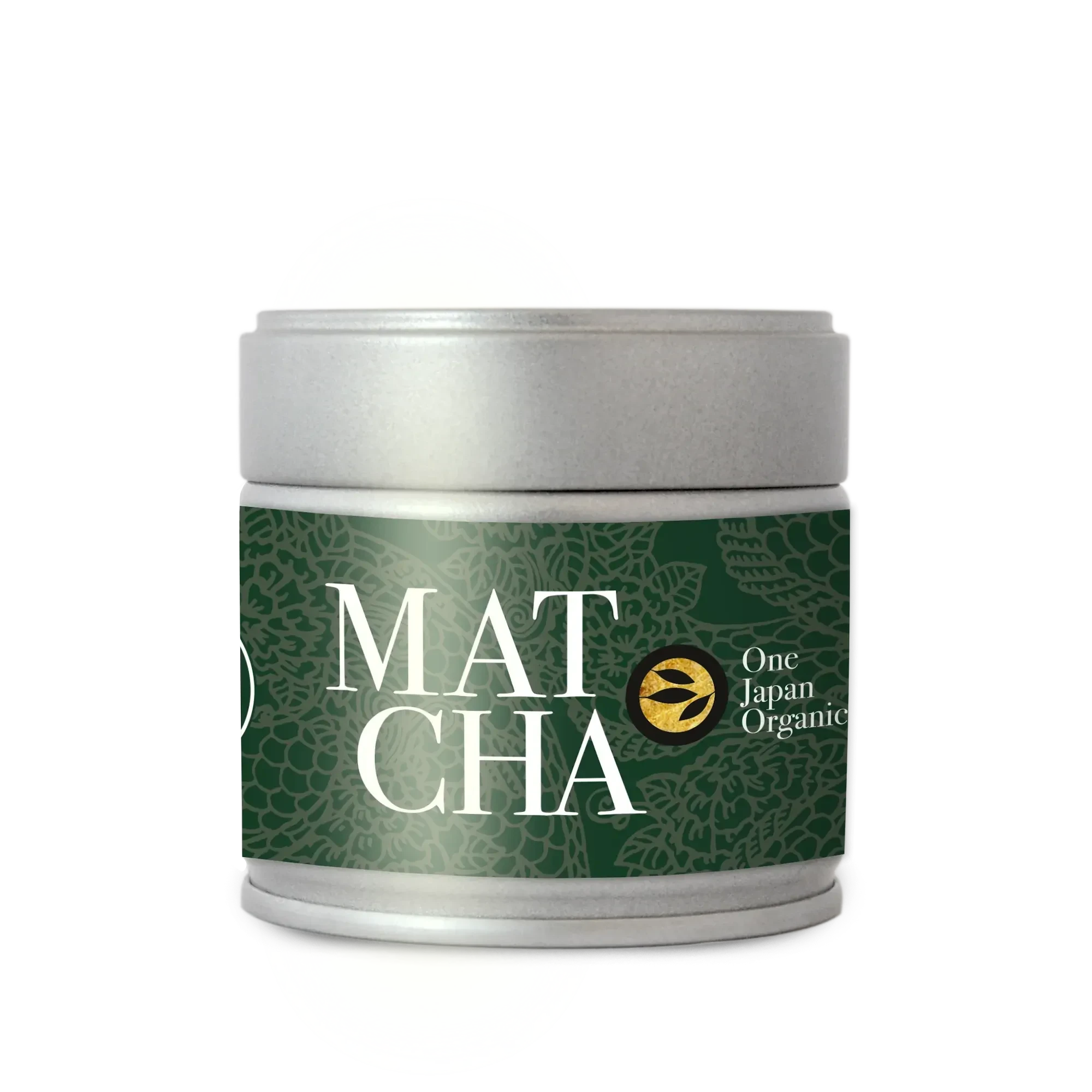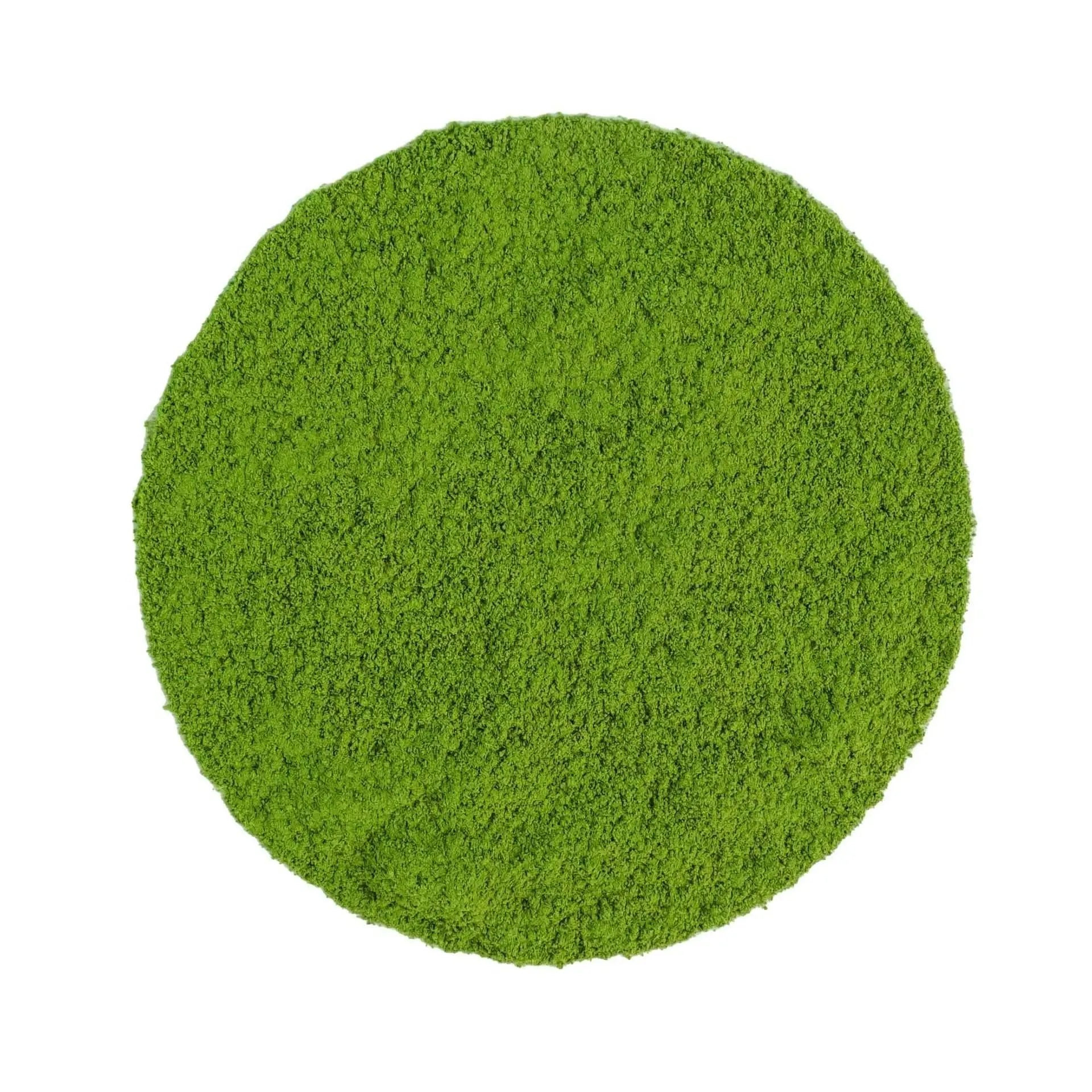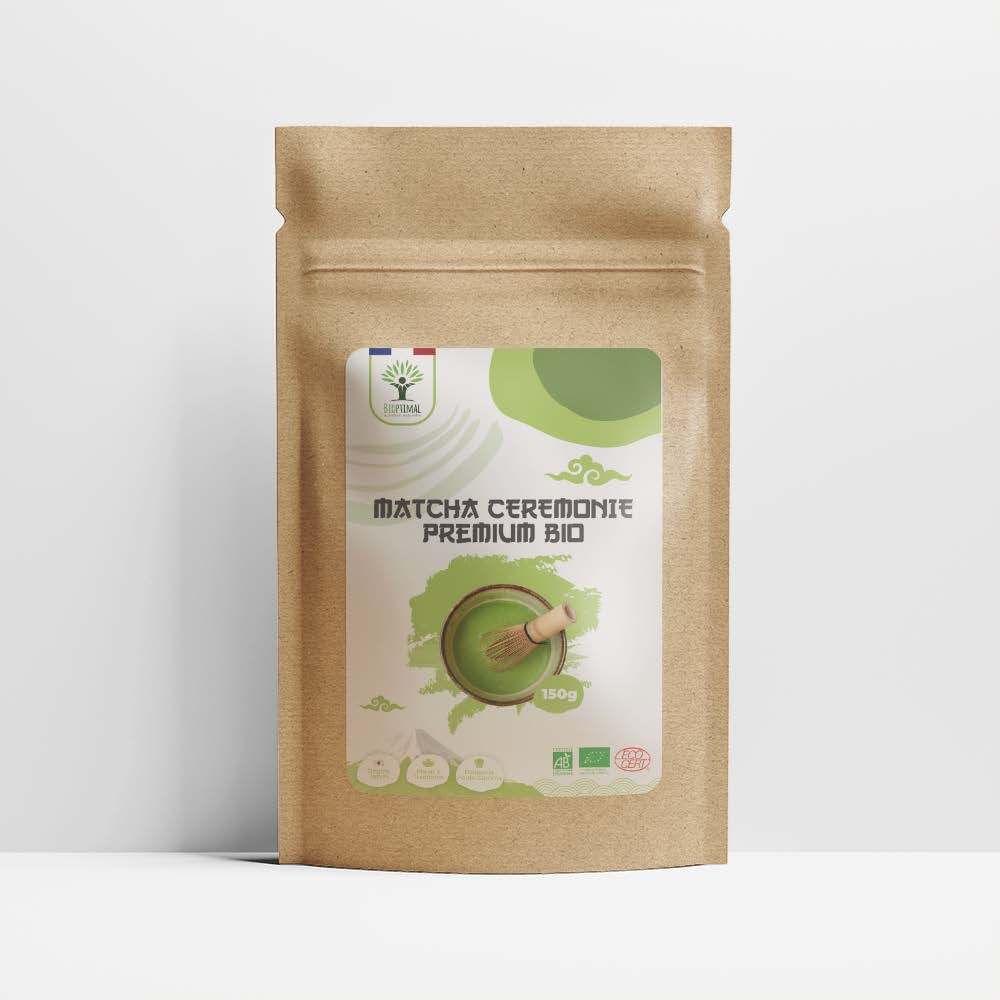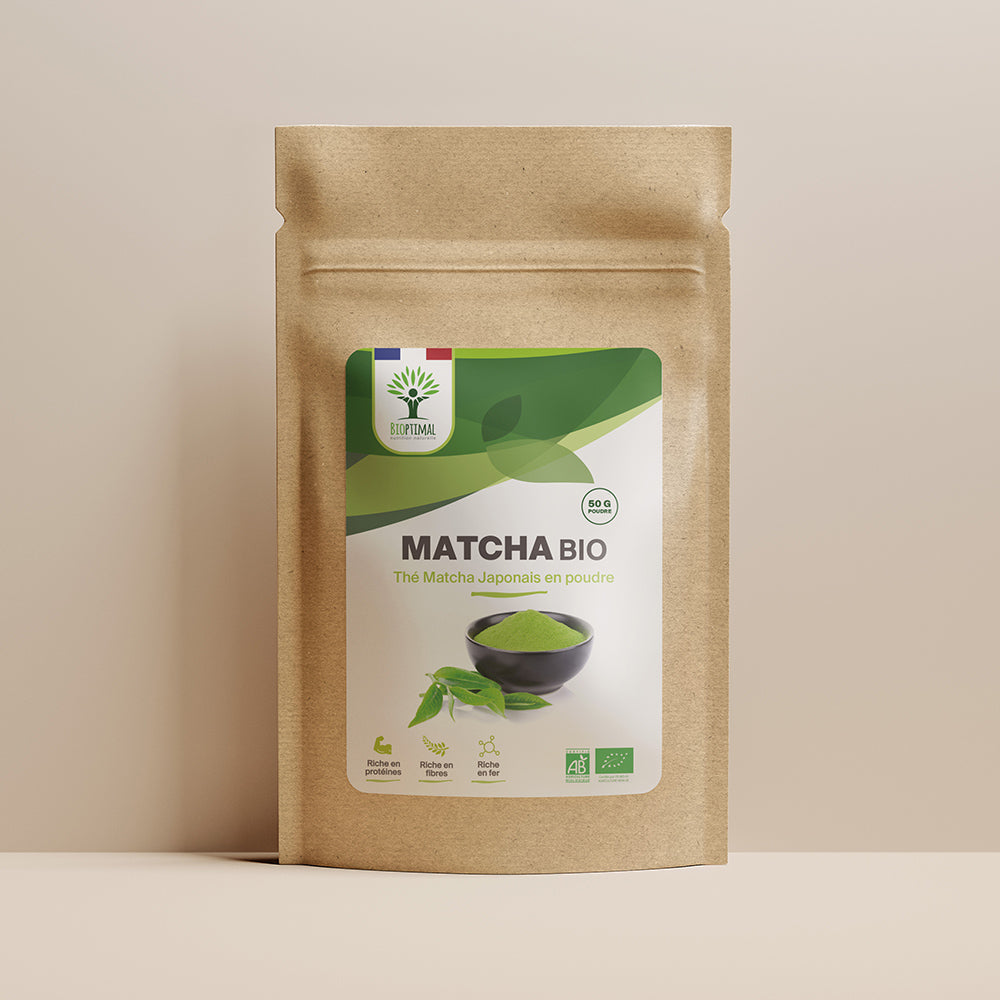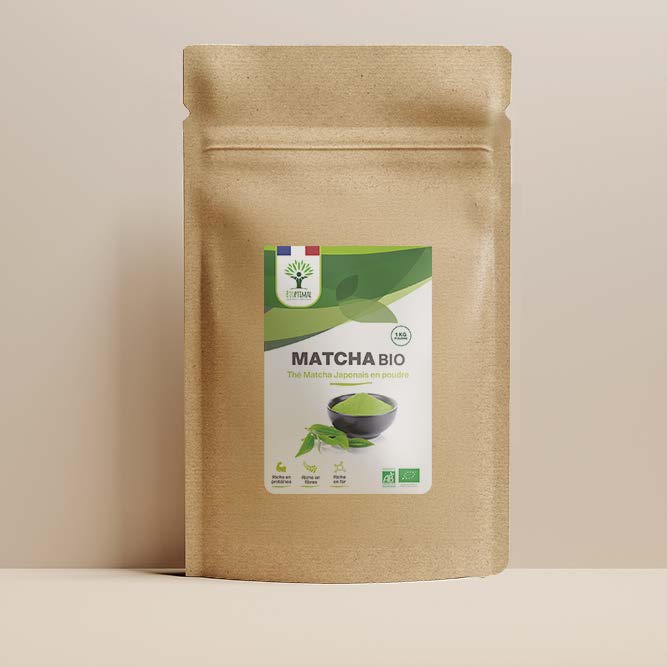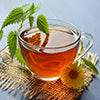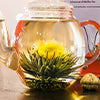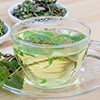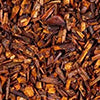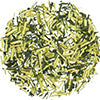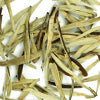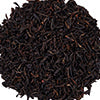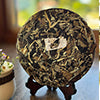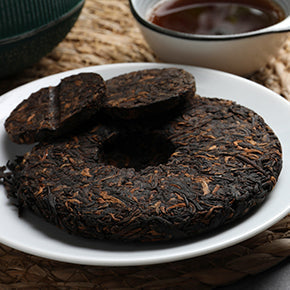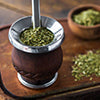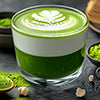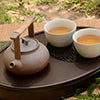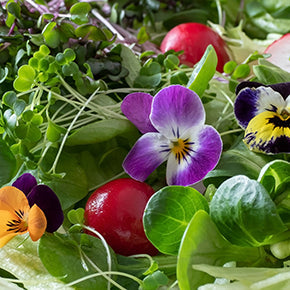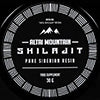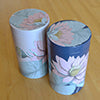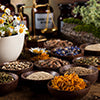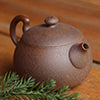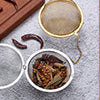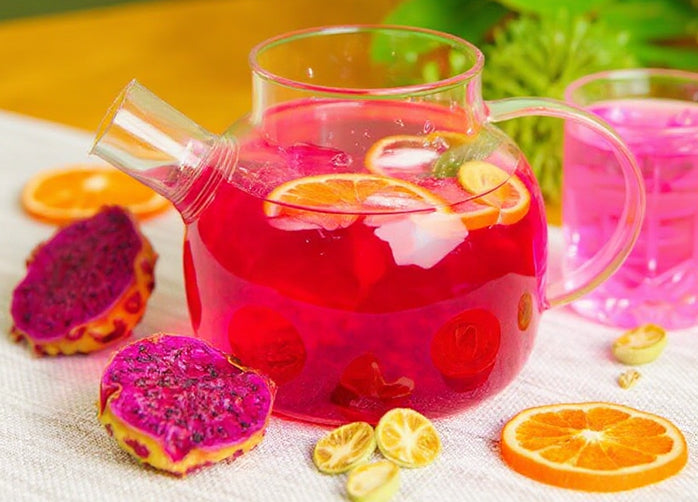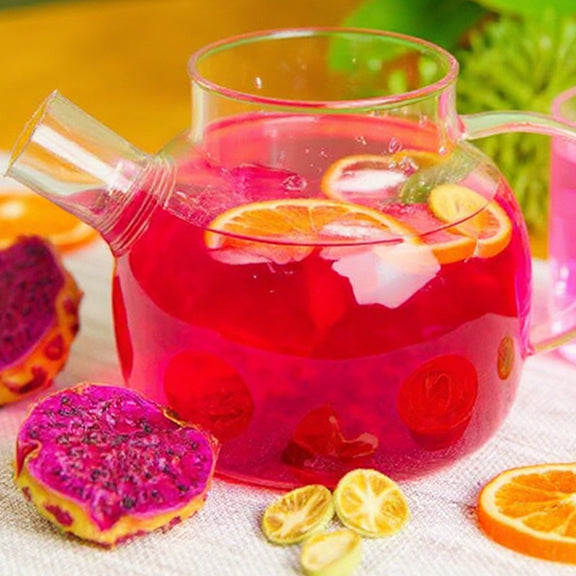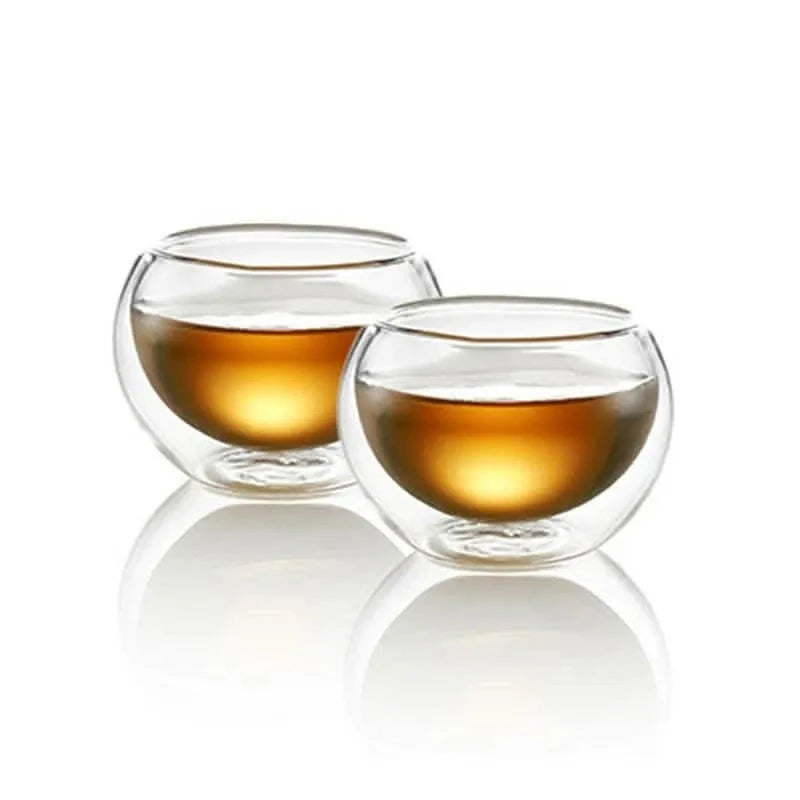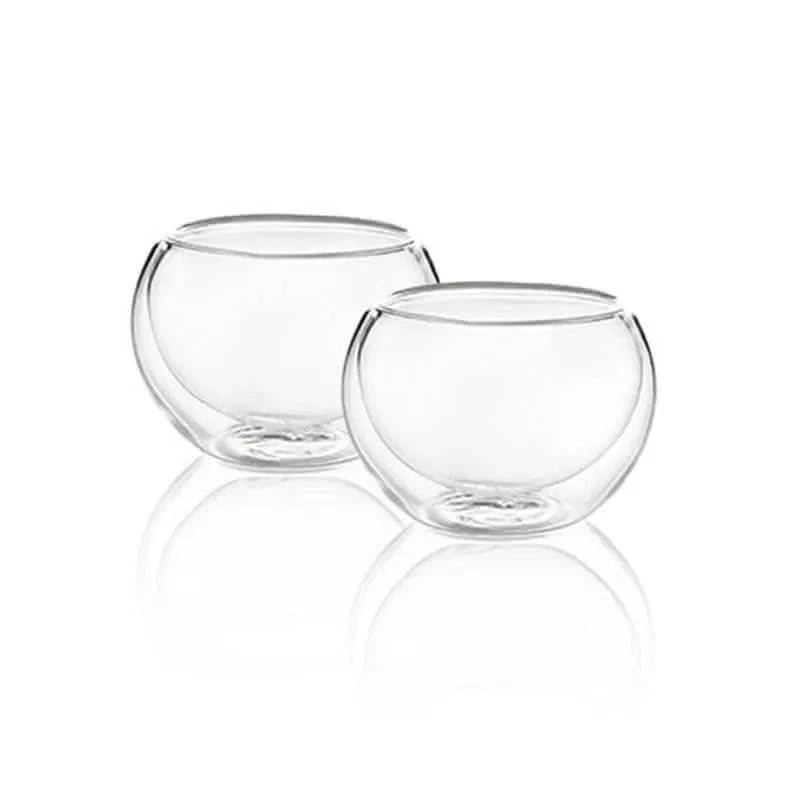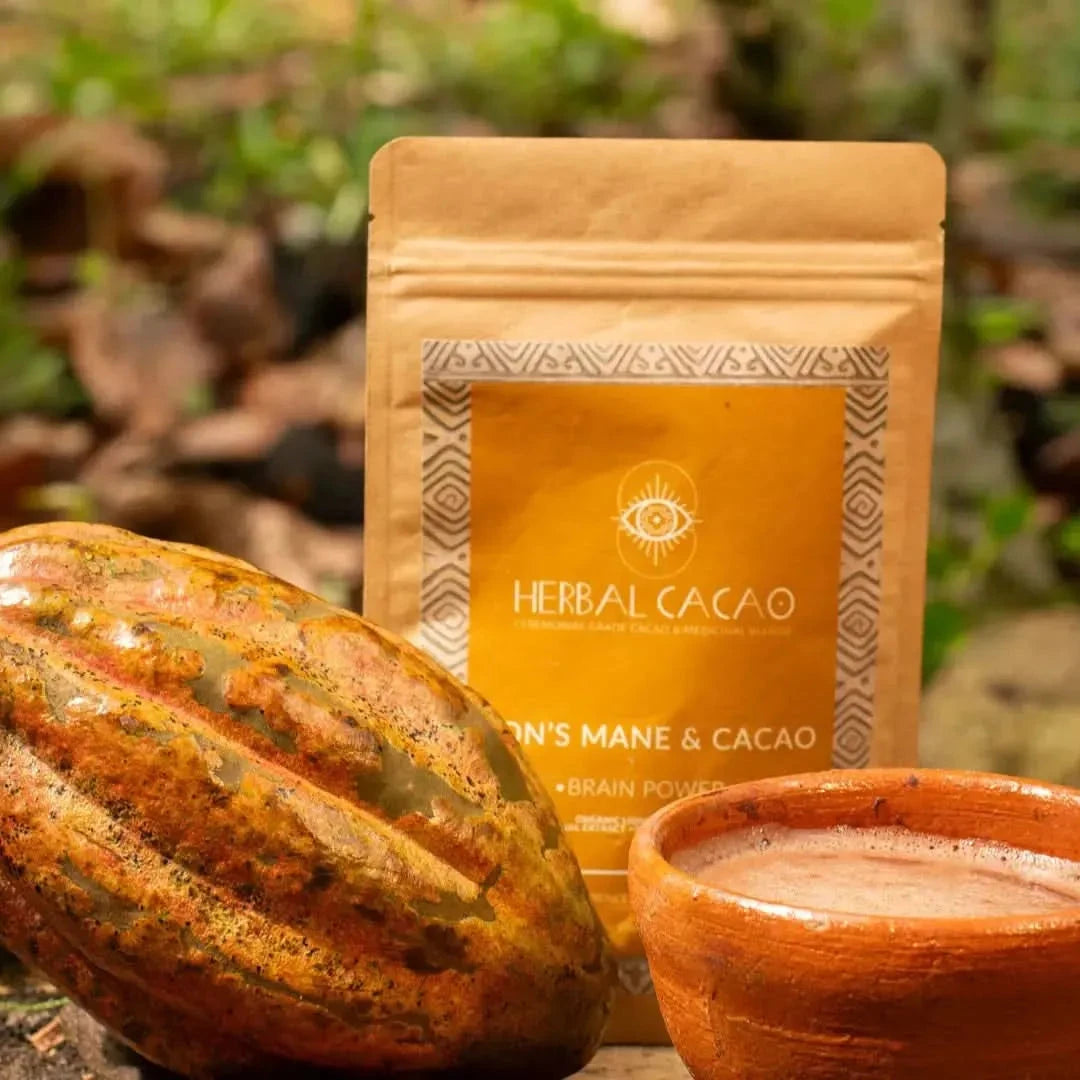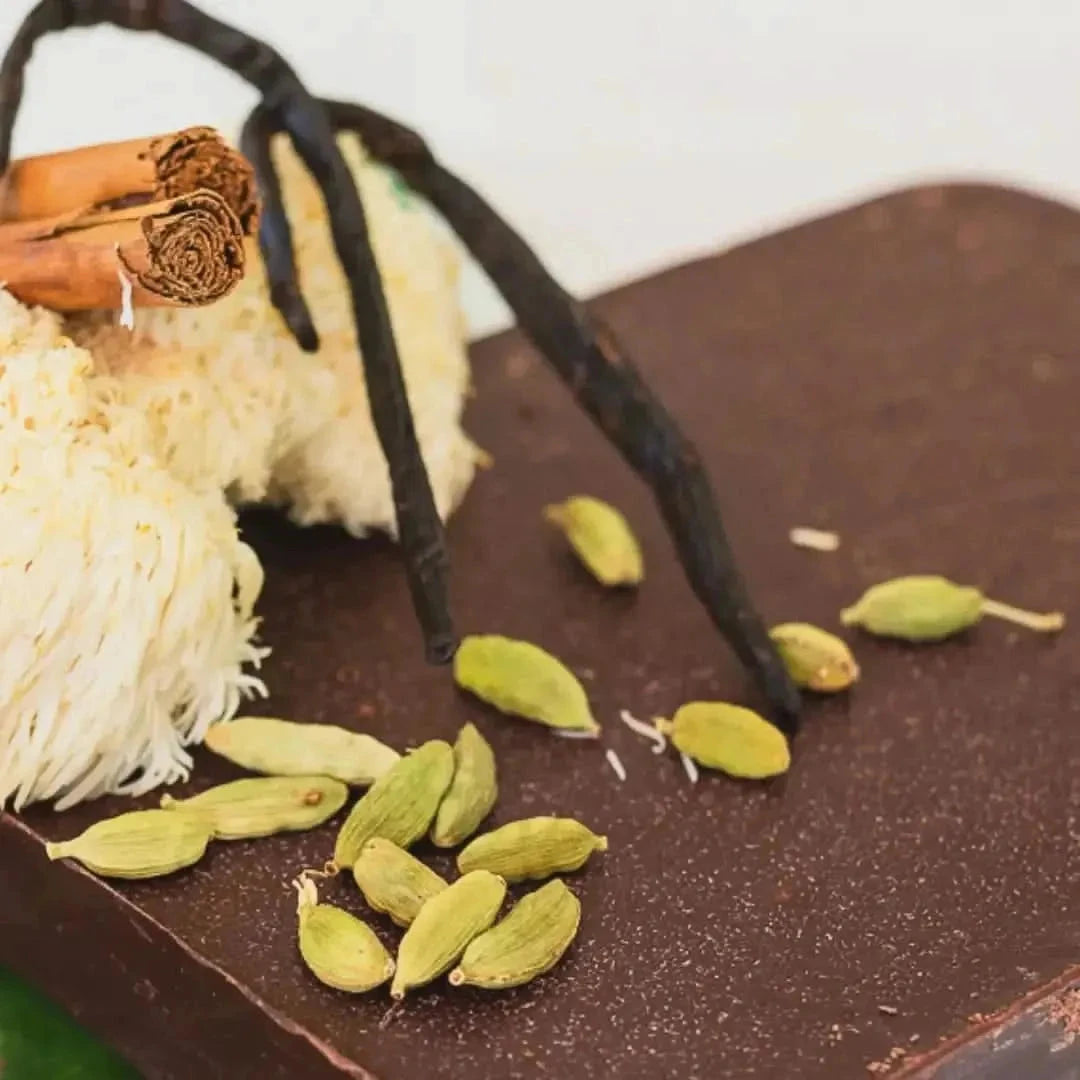Matcha Tea
Filter
Sort by:
Description
Matcha: Premium Stone-Ground Japanese Green Tea Powder
Matcha consists of finely powdered Camellia sinensis leaves cultivated using specialized techniques that enhance both nutritional composition and sensory characteristics. The distinctive cultivation process involves shading tea plants 20-30 days before harvest, forcing chlorophyll production and increasing amino acid content, particularly L-theanine. This precise growing method elevates matcha's vibrant emerald coloration and contributes to its complex umami flavor profile.
Production requires meticulous processing where harvested leaves undergo steaming to halt oxidation, followed by air-drying and destemming to create tencha. Stone grinding tencha into ultrafine powder (approximately 5-10 microns) represents the final production stage, traditionally performed using granite mills rotating at precisely controlled speeds to prevent heat damage to delicate compounds.
Quality matcha exhibits specific characteristics: vibrant green coloration without yellowish or brownish tints, fine texture leaving no gritty residue, complex aroma with vegetal and sweet notes, and smooth taste profile balancing natural sweetness with mild astringency. Ceremonial-grade matcha presents more pronounced umami characteristics while culinary grades offer stronger flavor designed to complement other ingredients.
Matcha powder contains the complete leaf structure, delivering approximately 137 times more epigallocatechin gallate than conventional steeped green tea. The typical serving provides 30-70mg caffeine combined with substantial L-theanine content, creating focused alertness without jitteriness.
Types
Matcha Cultivation Classifications and Cultural Significance
Japanese Regional Varieties and Cultivation Methods
Uji matcha from Kyoto Prefecture represents Japan's oldest matcha-producing region, yielding powder characterized by balanced sweetness and umami with subtle astringency. Cultivation techniques developed over centuries emphasize proper shading with traditional reed screens rather than modern synthetic materials. Nishio matcha from Aichi Prefecture benefits from mineral-rich clay soil producing deep umami character with pronounced sweetness, growing in popularity for ceremonial use. The microclimate of fog and moderate temperatures creates ideal growing conditions for developing complex flavor compounds. Yame matcha from Fukuoka Prefecture features distinctive sweetness with reduced astringency, grown in mountainous terrain with significant temperature fluctuation between day and night that develops concentrated flavor compounds.
Quality Grades and Processing Classifications
Ceremonial grade (koicha-grade) represents the highest quality matcha, produced exclusively from first harvest young leaves with stems and veins meticulously removed. The resulting powder displays brilliant jade coloration with sweet aroma and smooth texture ideal for traditional tea ceremony preparation. Premium grade (usucha-grade) utilizes first or second harvest leaves prepared with similar processes but with slightly less stringent sorting requirements. This classification provides balanced flavor suitable for everyday tea preparation with proper froth formation. Culinary grade incorporates later harvests with more robust flavor profiles designed to retain character when combined with other ingredients in cooking applications. These grades maintain distinct green coloration but feature stronger flavor and increased astringency that complements culinary applications.
Contemporary Matcha Production Developments
Organic cultivation practices have increased significantly among Japanese matcha producers, focusing on sustainable farming techniques that eliminate synthetic chemicals while preserving traditional growing methods. International cultivation in regions including China, Taiwan, and Hawaii has expanded global production, though subtle flavor differences emerge from varying terroir. Technological advances in processing, including temperature-controlled grinding environments and modernized shading systems, maintain traditional quality standards while improving production efficiency. The global matcha market has experienced 10-15% annual growth for the past decade, driving innovation in both cultivation and application.
Benefits
Matcha Health Properties and Bioactive Compounds
Polyphenol Profile and Antioxidant Mechanisms
Matcha's exceptional catechin concentration, particularly epigallocatechin gallate (EGCG), provides significant antioxidant activity that neutralizes free radicals and reduces oxidative stress at cellular levels. Laboratory analysis demonstrates matcha contains 137 times more EGCG than standard green tea due to whole-leaf consumption and specialized cultivation. The shade-growing process increases chlorophyll and L-theanine content while reducing tannin compounds, creating a unique biochemical profile not found in standard green tea. Research indicates these compounds may influence cellular protective mechanisms, including upregulation of endogenous antioxidant enzymes and modulation of inflammatory pathways. The synergistic interaction between multiple polyphenols appears more effective than isolated compounds, explaining matcha's comprehensive antioxidant capacity.
Cognitive Function and Neurological Benefits
Matcha's unique combination of L-theanine (approximately 5 times higher than standard green tea) and moderate caffeine content creates a neurochemical profile that supports sustained attention and cognitive performance. The amino acid L-theanine increases alpha brain wave activity, associated with relaxed alertness and creative thinking, while simultaneously moderating caffeine's stimulatory effects. Clinical research demonstrates this combination improves reaction time, working memory, and attention span without the typical caffeine crash. Regular consumption appears to support long-term cognitive health through multiple mechanisms including improved cerebral blood flow, reduced neuroinflammation, and maintenance of acetylcholine levels through acetylcholinesterase inhibition. These neuroprotective properties have generated interest in matcha's potential role in cognitive aging research.
Metabolic Function and Energy Regulation
Matcha consumption temporarily increases thermogenesis (caloric expenditure) by approximately 35-43% through synergistic interaction between catechins and caffeine, exceeding the effect of either compound alone. This thermogenic response influences both resting metabolic rate and exercise-induced energy expenditure without significantly affecting heart rate or blood pressure. Research indicates regular consumption may positively influence glucose metabolism through multiple mechanisms, including enhanced insulin sensitivity and modulated carbohydrate absorption rates. These effects appear most pronounced when matcha consumption accompanies physical activity, creating complementary pathways for metabolic support. The catechin profile specifically influences adipocyte function, potentially reducing lipid accumulation while promoting fat oxidation during moderate exercise.
Instructions
Matcha Preparation Techniques and Storage Guidelines
Traditional Japanese Tea Ceremony Preparation (Chanoyu)
Authentic matcha preparation begins with precise water temperature control (175-180°F/79-82°C), significantly below boiling to preserve delicate flavor compounds. The ceremonial preparation requires specific implements: chasen (bamboo whisk with 80-120 prongs), chawan (ceramic tea bowl with wide diameter and deep sides), chashaku (bamboo scoop), and furui (fine-mesh sifter). The meticulous process involves preheating the bowl, precisely measuring 2 grams of sifted matcha powder (two chashaku scoops), adding approximately 70ml water, and whisking in a precise "W" motion creating smooth microfoam without large bubbles. Koicha (thick tea) prepared for formal ceremonies uses half the water and double the matcha, creating intense, syrup-like consistency requiring specialized whisking technique.
Modern Preparation Methods and Culinary Applications
Contemporary preparation accommodates various equipment options including electric frothers, modern whisks, and shaker bottles that create similar results without traditional implements. Cold-brewing techniques produce smoother flavor with reduced astringency by using room temperature water with extended whisking or shaking. Culinary applications extend beyond beverages to include both sweet and savory preparations, with matcha powder incorporated into batters, doughs, sauces, and fillings. The powder's stability during baking maintains both color and flavor when properly incorporated, though temperatures exceeding 350°F/175°C for extended periods may degrade some compounds.
Storage Requirements for Preserving Potency and Flavor
Matcha requires stringent storage conditions due to its significant surface area and high chlorophyll content that accelerate oxidation. Optimal storage utilizes airtight, opaque containers kept refrigerated (34-40°F/1-4°C) to maximize compound stability and sensory quality. Exposure to oxygen, light, heat, and moisture rapidly degrades both color and flavor, with noticeable quality reduction occurring within 2-4 weeks under suboptimal conditions. Premium grades properly stored maintain optimal quality for approximately 4-6 weeks after opening, while culinary grades remain suitable for use up to 2-3 months. Vacuum-sealed containers significantly extend shelf life by eliminating oxidative degradation.
FAQs
